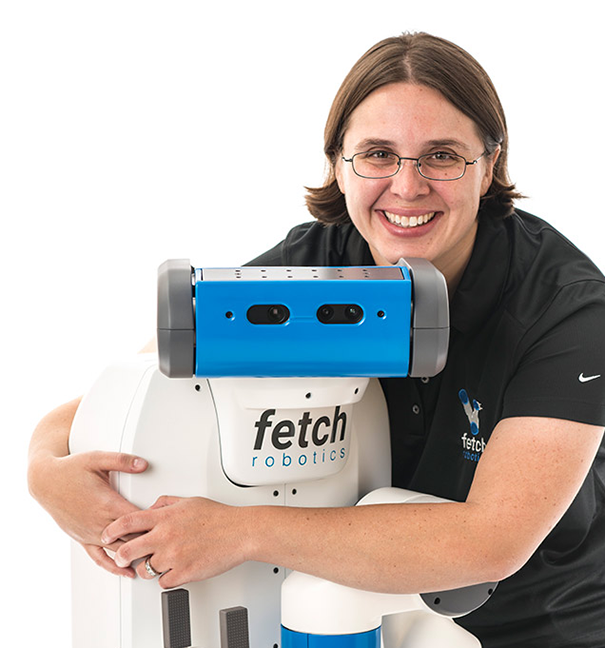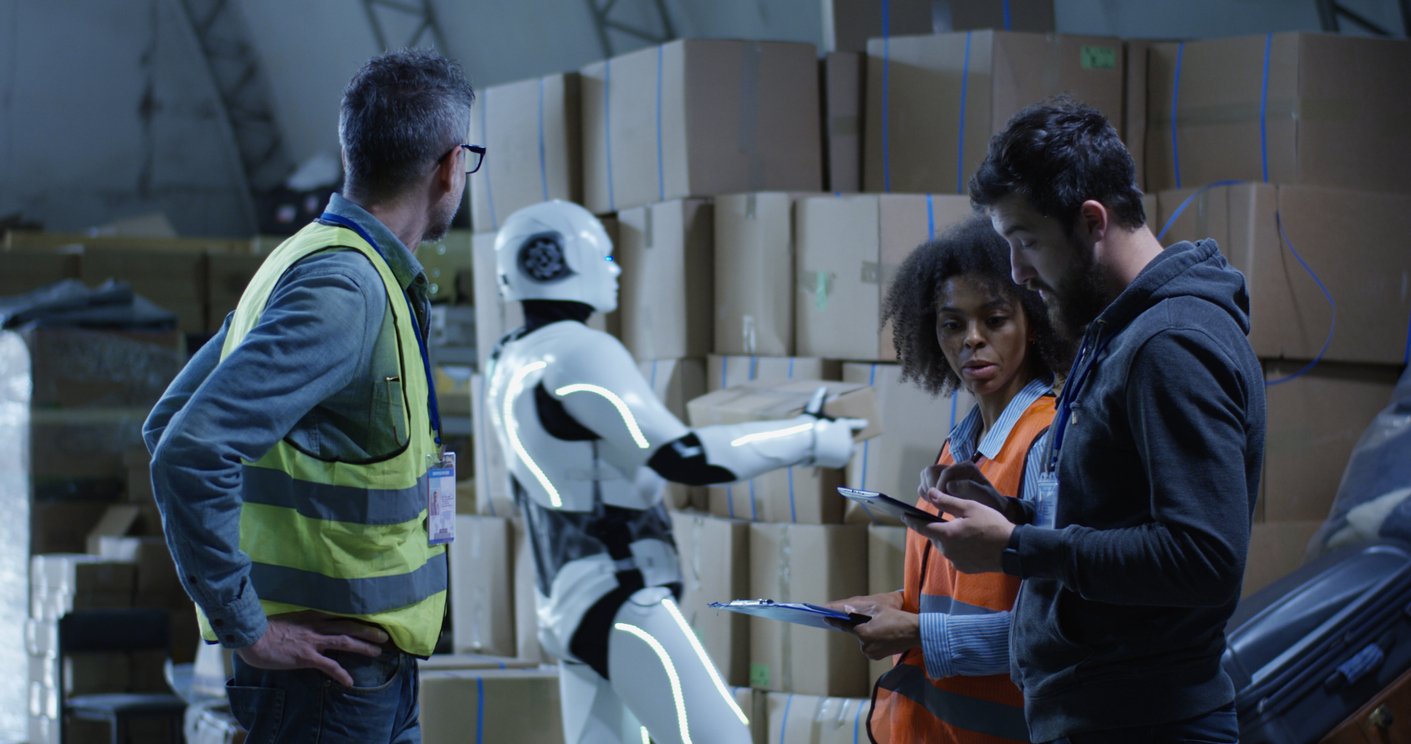One of the things I love most about my job is getting to interview so many fascinating innovators, technologists, entrepreneurs, and businesspeople about their work and thoughts on technology. Our recent “Robots in Retail” story, which covers the current state of everything from in-store to warehouse robots, was no exception. I only wish I could have included every last quote from every person I talked with, though I also managed to weave in some other quotes from robotics-themed press conferences and panels at the virtual iteration of the 2021 Collision Conference, an annual North American offshoot of Europe’s much bigger Web Summit, which will once again be held in-person in Lisbon in November.
While attending this conference that focuses on all the ways that business, culture, and society intersect with technology, I found it hard to stop thinking about the many ways that the pandemic accelerated disruptive trends across all industries and technologies. Robotics in the retail space is no exception.
The surge in online orders and omnichannel options such as BOPIS (buy online, pick-up in-store) over the past 15 months aside, there is a lot of interest and investment in warehouse robotics at the moment, which raises an obvious question: What happens to human workers when robots start doing their jobs faster and more precisely? With movies like Nomadland winning a Best Picture Oscar this year, the subject is as top-of-mind as robotics technology itself among businesses and consumers alike.
On one level, the rise of robots means that workers no longer have to walk 15 miles per day shuttling products across a warehouse; on the flip side, it also means they have to keep up with the ever-faster robots. Besides speed, improvements in computer vision and engineering have enabled robots to handle even mundane tasks more thoroughly and without much supervision: For example, today’s robot “pickers,” which essentially sort and pick up products from bins, are able to identify and easily grab various shapes and sizes without needing to be re-programmed and specifically placed as they did less than a decade ago. The technology is more accessible today, too. Companies such as Soft Robotics, which focuses mainly on grasping technology, creates robot kits and AI-powered development tools that companies can use in a variety of warehouse or other picking and sorting scenarios, enabling e-commerce operations to fill orders 24 hours a day and every day.

But while faster and smarter robots mean that some jobs done by humans now may indeed go the way of the dodo, they will also create new roles. For today’s workers to capitalize on those roles, however, they will need commitment and collaboration on the part of business and government sectors. Workers themselves must also increasingly be open to retraining and changing jobs on a regular basis. Last October, Amazon announced that it was investing more than $700 million in training programs to “upskill” workers into, whether those are jobs managing and maintaining robots or other jobs in areas such as data science or programming.
“There’s going to be this virtuous cycle,” said Melanee Wise, CEO of Fetch Robotics, at one of those Collision panels. Fetch Robotics makes cloud-based on-demand autonomous mobile robotics (AMR) solutions for warehouses. “We need to create incentives for companies to train these large groups of people for new jobs, and also support people who struggle to be re-educated or re-tasked. It’s a problem that we are struggling with societally, and we need to focus more on changing jobs on a regular basis. and re-education for job switching. The answer is not to stop developing technology; the answer is to fix our problems in society.”
There’s no denying that robots are cool. Dr. Eugene Izhikevich, CEO and co-founder of Brain Corp, which makes software for in-store robots that clean, among other services, doesn’t think it’ll be too hard to get people interested in job-switching. “Many of our robots are deployed by janitors, many of whom didn’t graduate from high school,” said Izhikevich at that same Collision panel in April. “I asked one of them if he was afraid for his job and his reply was, ‘Are you kidding? I’m the robot guy!’ So think of this as robots elevating professions to the next level, where people feel good about what they’re doing.”















